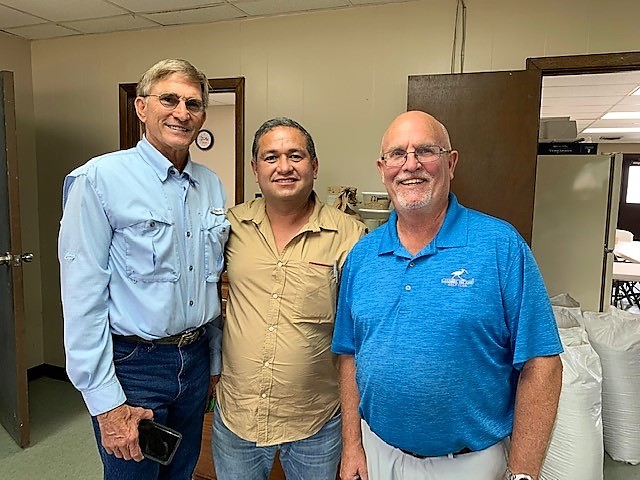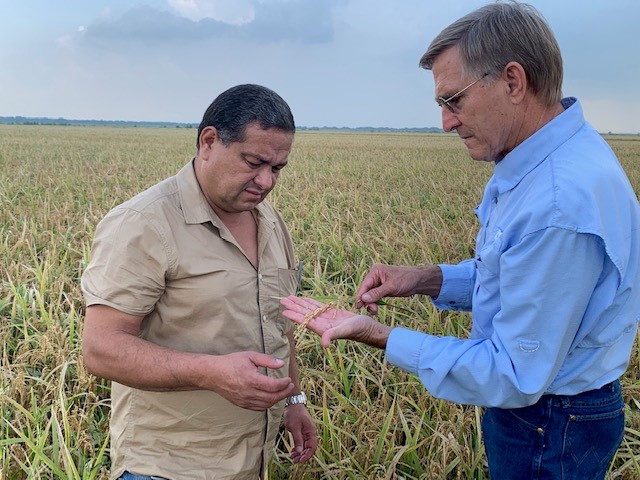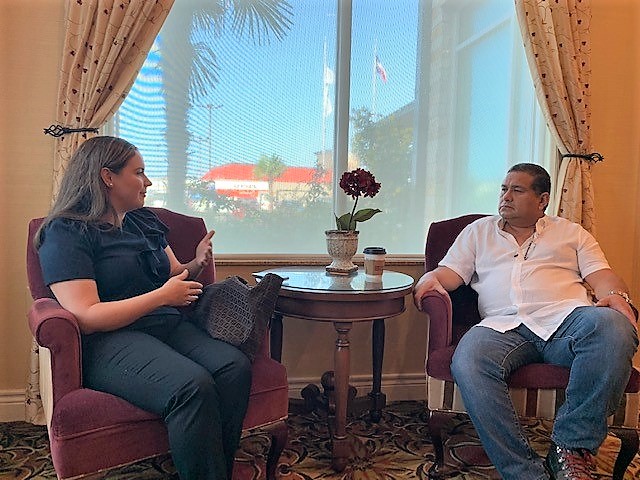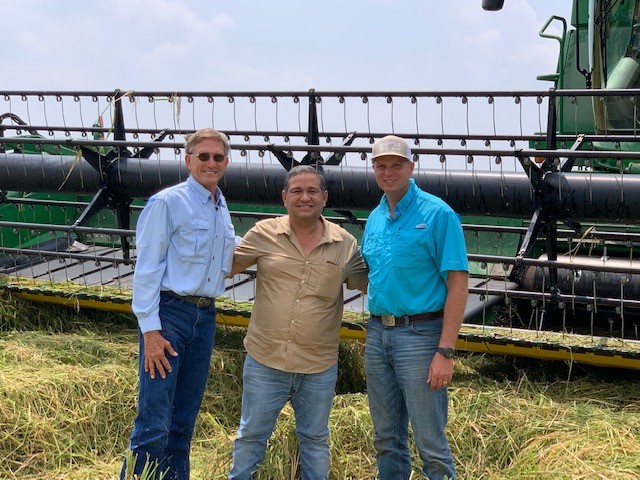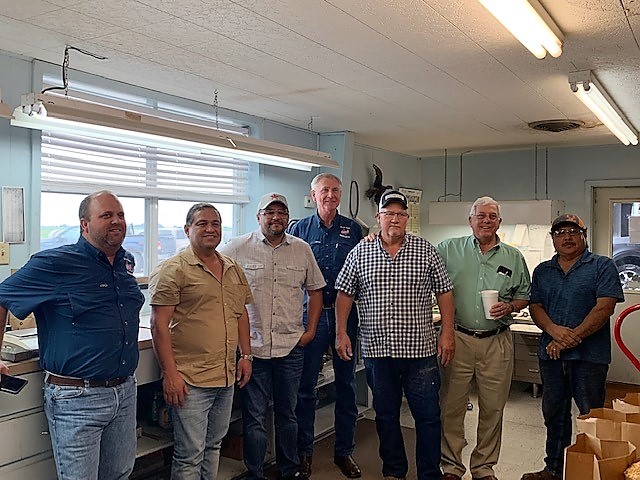On Monday, 10th August, the Senate amended and passed HR 3684, the Infrastructure Investment and Jobs Act (IIJA) by a vote of 69-30. The HR 3684, as amended, provides $1.2 trillion infrastructure funding ($548B in new spending) to rebuild roads and bridges, modernize public works systems and boost broadband internet, and other infrastructure improvements. Provisions include--
- $110B to repair highways, bridges, and roads.
- $39B to expand public transportation systems, improve accessibility for people with disabilities and state/local funding to buy zero-emission and low-emission buses.
- $66B to reduce Amtrak's maintenance backlog and improve 457-mile-long Northeast Corridor as well as other routes.
- $7.5B for electric vehicle charging stations.
- $5B for electric school buses and hybrids.
- $65B to improve broadband internet access for rural areas, low-income families, and tribal communities.
- $65B to improve the reliability and resiliency of the nation's power grid.
- $25B to improve airport runways, taxiway, gates, terminals, and control towers.
- $17B in port infrastructure.
- $55B on water and wastewater infrastructure.
- $15B to replace lead pipes.
- $10B to address polyfluoroalkyl substances (PFAS) water contamination.
The passage of HR 3684 was the culmination of months of bi-partisan negotiations between 20 Republican and Democratic Senators. The Senate version differs dramatically from the underlying House passed bill which was approved by a mostly party line vote of 221-201 (2 Republicans voted aye). A major concern of the bi-partisan negotiated bill was the “pay-fors” to offset the spending in the IIJA. The IIJA pay-fors include:
- $53B from certain states’ unused enhanced federal UI supplements
- $67B in unused savings from the COVID-19 employer retention tax credit that CBO projected would be utilized and were not, minus the impact of sunsetting the credit
- $106B in unused savings from COVID-19 paid & family leave tax credits that CBO projected would be utilized and were not
- $51B from delaying Medicare Part D rebate rule
- $21.4B in rescissions in unused funding from 2020 COVID bills
- $10.2B from sales of future spectrum auctions
- $67B from proceeds of the February 2021 c-band auction
- $53B in economic growth resulting from a 33 percent return on investment in these long-term infrastructure projects
- $28B from clarifying the application of information reporting requirements for cryptocurrency
- $21B from extending fees on GSEs
- $14.5B from reinstating certain Superfund fees
- $8.7B from extending the mandatory sequester
- $6.1B in sales from the Strategic Petroleum Reserve
- $6 billion from extending customs user fees
- $3.2B in savings from reducing Medicare spending on discarded medications from large, single-use drug vials
- $2.9B from extending available interest rate smoothing options for defined benefit pension plans
Overall CBO estimated the bill will add $256B in projected deficits over eight years. Future House action on the bill became much brighter after Senate passage as House Transportation Chairman DeFazio dropped his opposition of the Senate infrastructure bill and said he will push for additional climate and infrastructure policy in the reconciliation bill.
FY22 Budget Resolution
On Tuesday, 11th August, the Senate passed its $3.5 trillion FY22 Budget Resolution by a party-line vote of 50-49. The concurrent budget resolution provides Congress fast-track procedures to pass a second “human” infrastructure package of up to $3.5 trillion with a simple majority vote in the Senate. This second infrastructure package, based on President Biden’s American Families Plan (aka Build Back Better agenda), which was released in April would make investments in health care, education, and childcare.
47 amendments were considered, of which 29 were adopted. The budget resolution provides $3.5 trillion in long-term investments offset by a combination of new tax revenues, health care savings, and long-term economic growth. The funding investments include:
- Establishes universal pre-K for 3- and 4-year-olds and a new childcare benefit for working families.
- Makes community college tuition-free for two years.
- Extends a tax cut for families with children (CTC/EITC/CDCTC).
- Increases the Pell Grant award.
- Invests in HBCUs, MSIs, HSIs, TCUs, and ANNHIs.
- Creates a Federal Paid Family and Medical Leave benefit.
- Adds a Dental, Vision, and Hearing Benefit to the Medicare program.
- Extends the recent expansion of the Affordable Care Act in the American Rescue Plan.
- Invests in home and community-based services to help seniors, persons with disabilities, and home care workers.
- Creates a federal health program for Americans in the “Medicaid gap”.
- Reduces prescription drug costs for patients and saves taxpayers hundreds of billions.
- Increases investments in public housing, green and sustainable housing, housing production and affordability.
- Establishes the first Civilian Climate Corps.
- Invests in workforce development and job training programs to connect workers to good-paying jobs.
- Provides green cards to millions of immigrant workers and families.
- Funds smart technology for safe and efficient borders for trade, travel, and migration.
- Largest one-time investment in Native American infrastructure projects.
- Rehabilitates aging Veterans Administration buildings and hospitals.
- New economic development investments to revitalize communities and invests in research and development and strengthens US manufacturing supply chains.
- Expands access to capital and markets for small businesses.
- Creates a Clean Electricity Payment Program.
- Provides clean energy, manufacturing, and transportation tax incentives and grants.
- Imposes new polluter fees (methane and carbon imports).
- Invests in climate smart agriculture and forest management investments for farmers and rural communities.
- Creates coastal and ocean resiliency programs.
- Makes drought, wildfire, and Interior Department investments.
- Provides new consumer rebates for home electrification and weatherization.
- Provides environmental justice and climate resilience.
- Electrifies the federal vehicle fleet and buildings Key provisions left out of the American Jobs Plan to include at a minimum energy and climate change initiatives, human infrastructure, and Medicare coverage.
- Prohibits new taxes on families making less than $400K per year, and on small businesses and family farms.
- References expanding state and local tax deductions.
The Budget Resolution includes pay-fors such as follows:
- Corporate and international tax reform.
- Tax fairness for high-income individuals.
- Carbon Polluter Import Fee.
Approval of the budget resolution is the first step to using the reconciliation process which allows the Senate to pass the $3.5T bill by a simple majority (50 votes) as opposed to the 60 votes needed to avoid the filibuster. Senate Majority Leader Schumer released reconciliation instructions with a target date of 15 September for Senate committees to submit their reconciliation legislation according to their specific policy areas. The Senate Agriculture Committee was provided $135 B in new spending to be spent as follows:
- Agriculture conservation, drought, and forestry programs to help reduce carbon emissions and prevent wildfires.
- Rural development and rural co-op clean energy investments.
- Agricultural climate research and research infrastructure.
- Civilian Climate Corps funding.
- Child nutrition.
- Debt relief.
Reconciliation Instructions for other Committees are as follows:
- Banking Committee: $332B.
- Commerce Committee: $83B.
- Energy Committee: $198B.
- Environment and Public Works Committee: $67B.
- Finance Committee: requires at least $1B in deficit reduction.
- Health, Education, Labor, and Pensions (HELP) Committee: $726B.
- Homeland Security and Governmental Affairs (HSGAC) Committee: $37B.
- Judiciary Committee: $107B.
- Committee on Small Business and Entrepreneurship: $25B.
- Committee on Veterans Affairs: $18B.
The budget resolution includes reconciliation instructions allowing for changes to mandatory spending and revenues that increase the deficit by up to $1.75 trillion over ten years. The supporting documents for the budget calls for $3.5 trillion in new spending, which includes a reconciliation instruction to the Senate Finance/Ways & Means Committees for deficit reduction of at least $1B. Democrats have stated they want reconciliation fully paid for. That will require identifying additional revenues. Passing a reconciliation bill in the Senate will require support from all 50 senators who caucus with Democrats. Senator Manchin (D-WV) has raised concerns about the price tag of the budget plan and stated he voted ‘YES’ on the procedural vote to move forward on the budget reconciliation but has serious concerns about the grave consequences if Congress decides to spend another $3.5 trillion. The House will return on 23 Aug to vote on the budget resolution.
Debt Limit
Another looming crisis is a vote on raising the debt limit. The two-year federal debt ceiling suspension ended on 31st July. The Treasury Department has begun using extraordinary measures to avoid a default until October or November before the government runs out of money. However, according to Secretary Yellen, there are “scenarios in which cash and extraordinary measures could be exhausted soon after Congress returns from recess” on 20 September when the House returns (Senate returns one week earlier). On 9 Aug, Treasury Secretary Janet Yellen called on Congress to increase or suspend the debt limit on a bipartisan basis stating it was a shared responsibility to protect the credit of the U.S. Senate Minority Leader McConnell said last week that Republicans won’t support a debt limit increase or suspension. On 10th August, 46 Republican Senators signed a letter stating that no Republicans support a debt limit increase. Options to raise or extend the debt limit include passing a stand-alone bill, or adding it to the Budget Resolution, Continuing Resolution, or Reconciliation bill.
Stay tuned.

